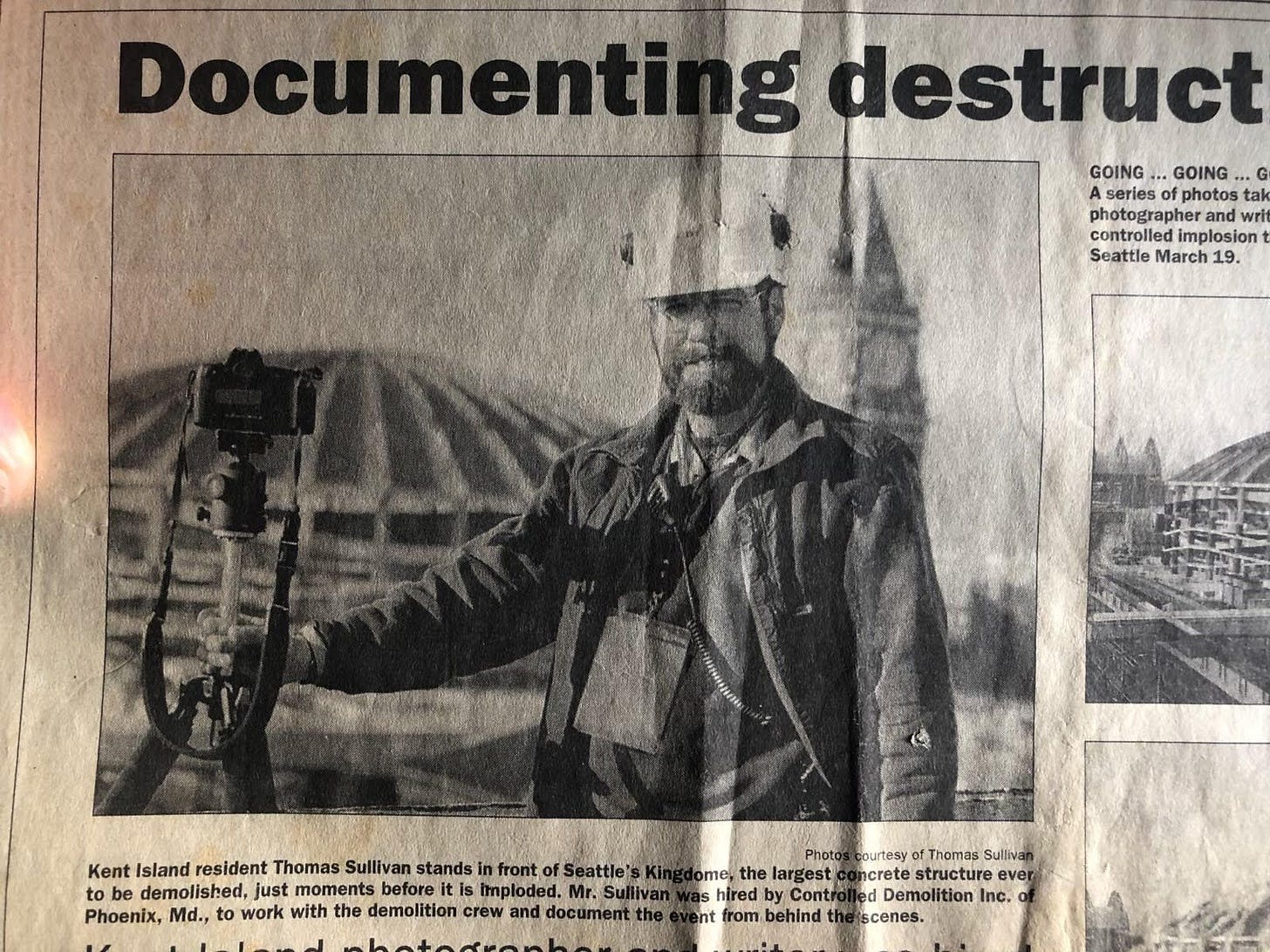Our Guest on RichardGage911:Unleashed! – Tom Sullivan!
He loaded explosives into buildings for years, in order to destroy them! What does he know about the destruction of WTC towers? What do his professional photographs tell us about the secrets of the trade?
What is he free to say? What will he not say about CDI? Who is Controlled Demolition, Inc. anyway? What do they know about 9/11?
Our Guest is Tom Sullivan—a three-year Explosives Loader at Controlled Demolition Inc. They are the top-rated explosives demolition firm in the world. It is run by the Loizeaux family. Tom worked for them during the years surrounding 9/11! Tom was responsible for placing explosives in many buildings (these were empty) to prepare them for demolition.

He was licensed by the New York Fire Dept. to handle explosives. He worked on major projects for CDI such as the Seattle King Dome, the Three Rivers Stadium, the Philadelphia naval Hospital, the Key Span gas holder tanks in New York, and many others.
Tom’s handiwork, which includes many of his professional photographs, can be seen in the book “DEMOLITION”, published by Black Dog.
We will ask Tom what he thinks about the “collapse” of the World Trade Center Building 7! Was it due to normal office fires per the official narrative? Or something else?

So… roll up your sleeves and join Tom for this “boots on the ground” perspective from a real Explosives Loader! Put on some Carhart’s and your hard hat as he takes us through the preps of a building to be imploded. You will walk away understanding what it really takes to bring down a tall structure!




